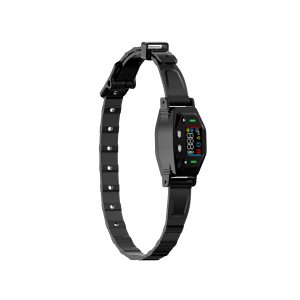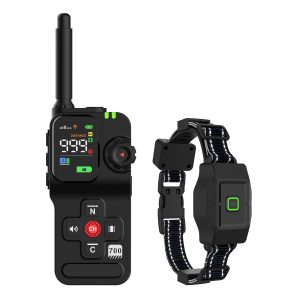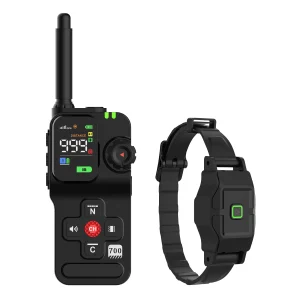The Dark Side of Ultrasonic Dog Bark Control Devices
In recent years, ultrasonic dog bark control devices have gained popularity as a supposed solution to incessant barking. These gadgets emit high-frequency sound waves that are imperceptible to humans but intended to deter dogs from barking. While marketed as harmless and effective, the reality behind these devices paints a different picture.
One of the main concerns surrounding ultrasonic bark control devices is the potential harm they can cause to a dog’s sensitive hearing. Dogs have a much more acute sense of hearing than humans, and subjecting them to intense sound waves can lead to discomfort, stress, and even long-term hearing damage.
Furthermore, the effectiveness of ultrasonic bark control devices is questionable. While some dogs may be momentarily startled or deterred by the sound, others may simply become accustomed to it and continue barking. This inconsistency in results raises doubts about the device’s reliability as a training tool.
Another aspect often overlooked is the psychological impact on dogs subjected to ultrasonic bark control. Constant exposure to aversive stimuli can lead to anxiety, fear, and even aggression in some cases. Rather than addressing the root cause of the barking behavior, these devices may worsen the problem by creating a negative association with certain stimuli.
The Ethical Dilemma of Ultrasonic Bark Control
Beyond the potential harm and ineffectiveness of ultrasonic bark control devices, there is a broader ethical dilemma to consider. Using gadgets that rely on fear or discomfort to modify behavior raises questions about the welfare and well-being of our canine companions.
As responsible pet owners, it is essential to prioritize positive reinforcement training methods that foster trust, respect, and understanding between humans and dogs. Building a strong bond based on mutual communication and empathy is far more effective in addressing behavioral issues than resorting to quick-fix solutions that can compromise a dog’s physical and emotional health.
Conclusion
While ultrasonic bark control devices may offer a temporary reprieve from barking, the potential harm they pose to dogs and the ethical considerations involved make them a questionable choice for responsible pet owners. By focusing on positive training techniques and addressing the underlying reasons behind a dog’s barking behavior, we can create a safe and supportive environment that promotes harmony and well-being for our furry friends.




